LaTeX templates and examples — Math
Recent
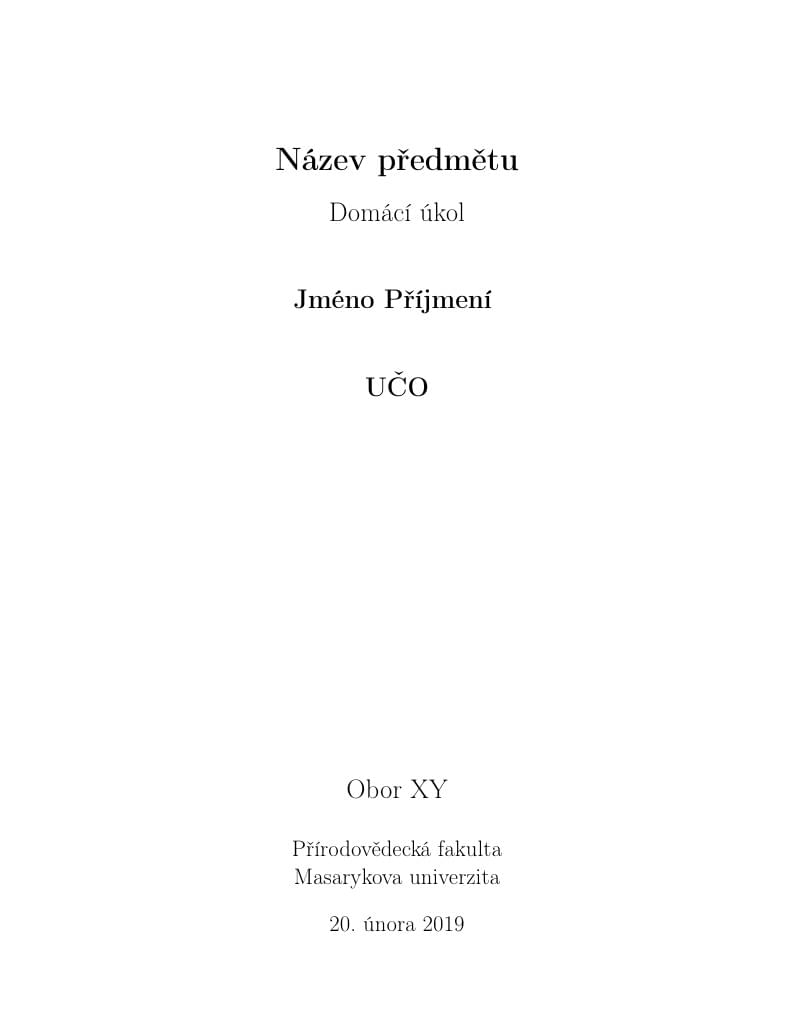
Template for homework assigment for Bi8773 at Masaryk University
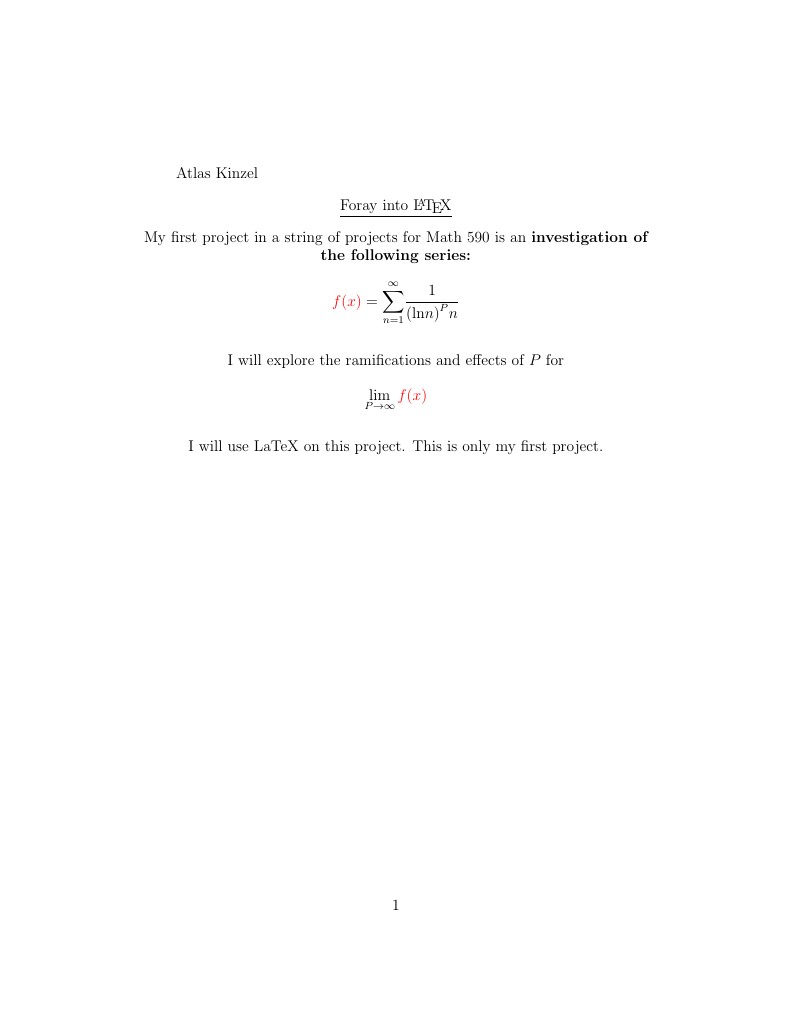
Investigations into the properties of divergence and convergence in regards to (1)/(((ln(n))^P)n).
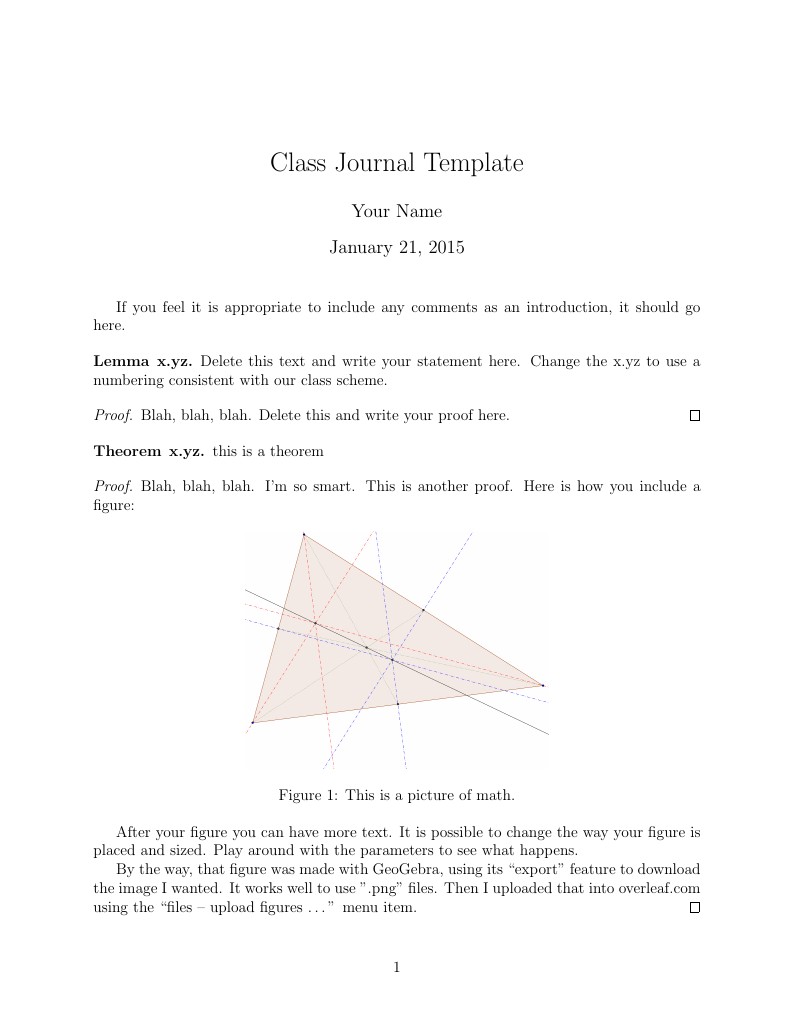
For students in MATH 4343, modified template based on those of Dana Ernst and TJ Hitchman, used with permission.

This is a very basic template for mathematical presentations using LaTeX and beamer, aimed at University of Edinburgh students on the Honours Analysis course 2017-2018, for their "Skills" presentations.
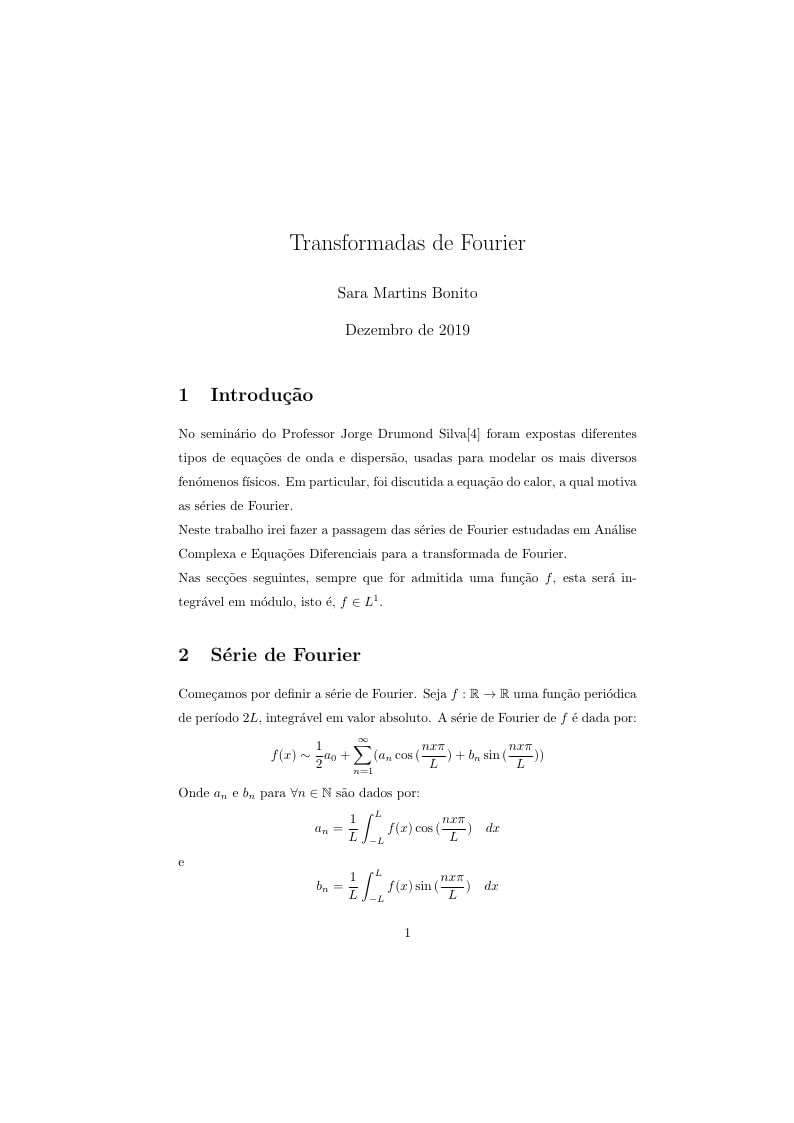
Based on a guest lecture at Instituto Superior Técnico (University of Lisbon), I use calculus and abstract algebra to derive the Fourier Tranform using the Fourier Series.
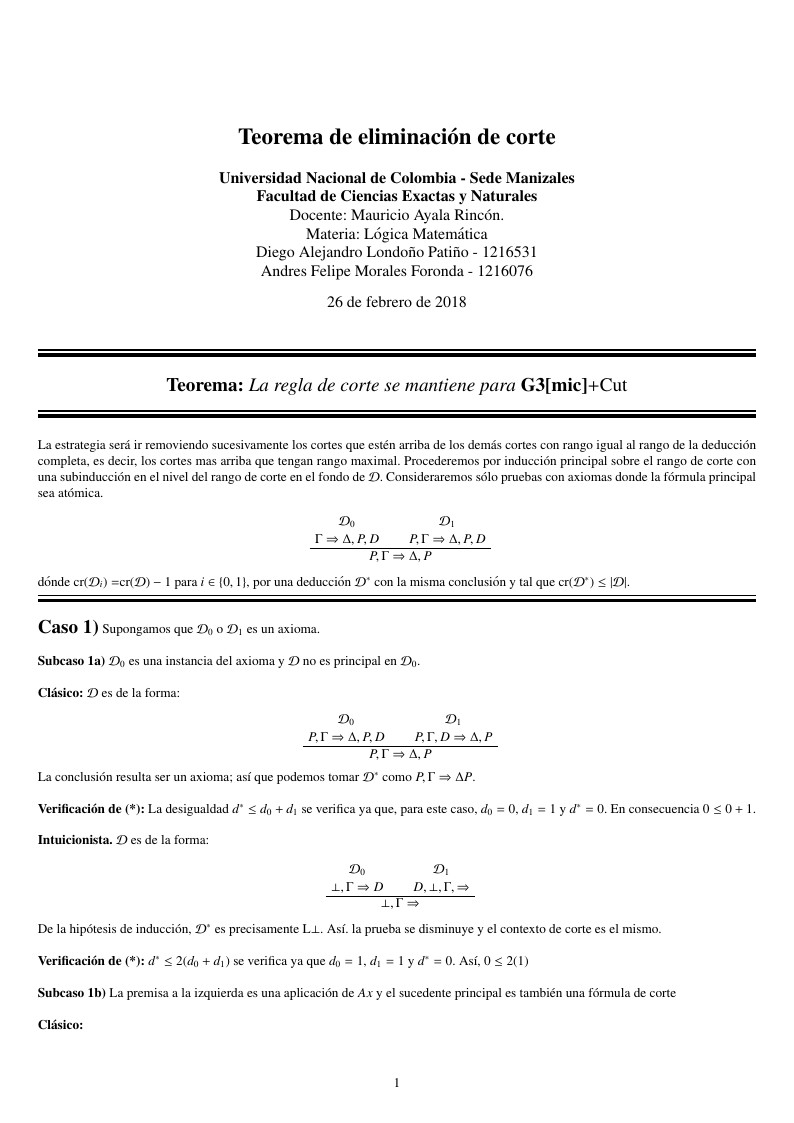
Comparto este trabajo para quien le pueda servir la plantilla que utilizamos, únicamente con fines educativos.
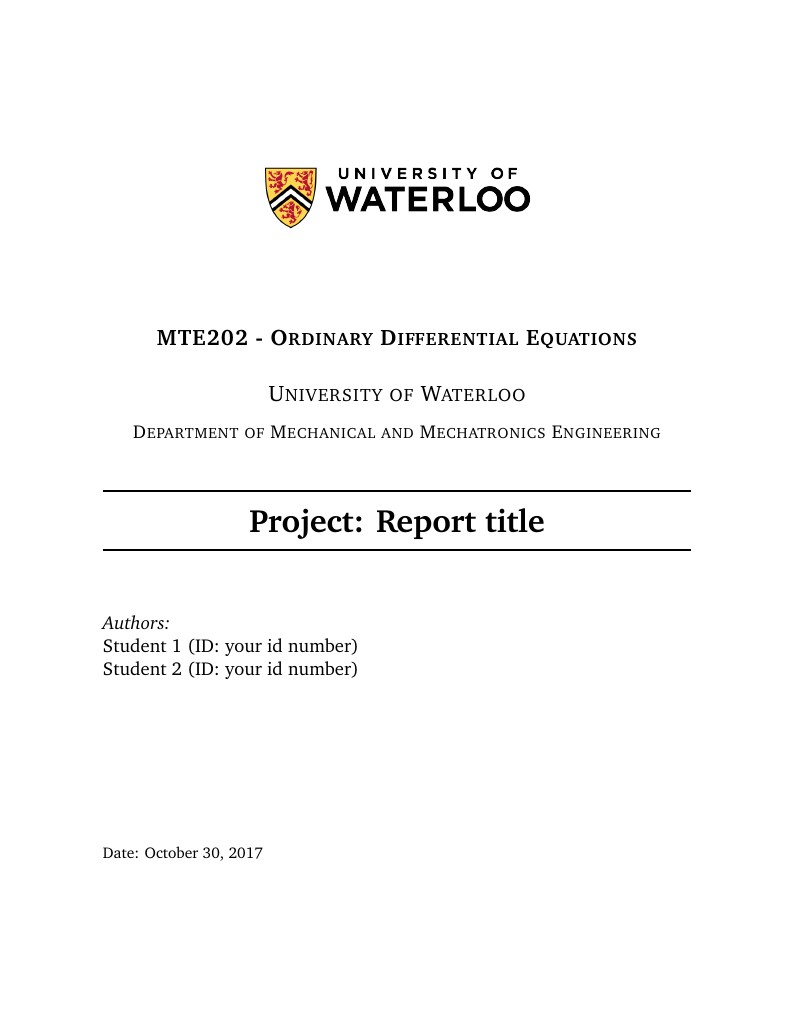
Provides a template for the reports in MTE202 - Ordinary Differential Equations at the University of Waterloo, Canada.
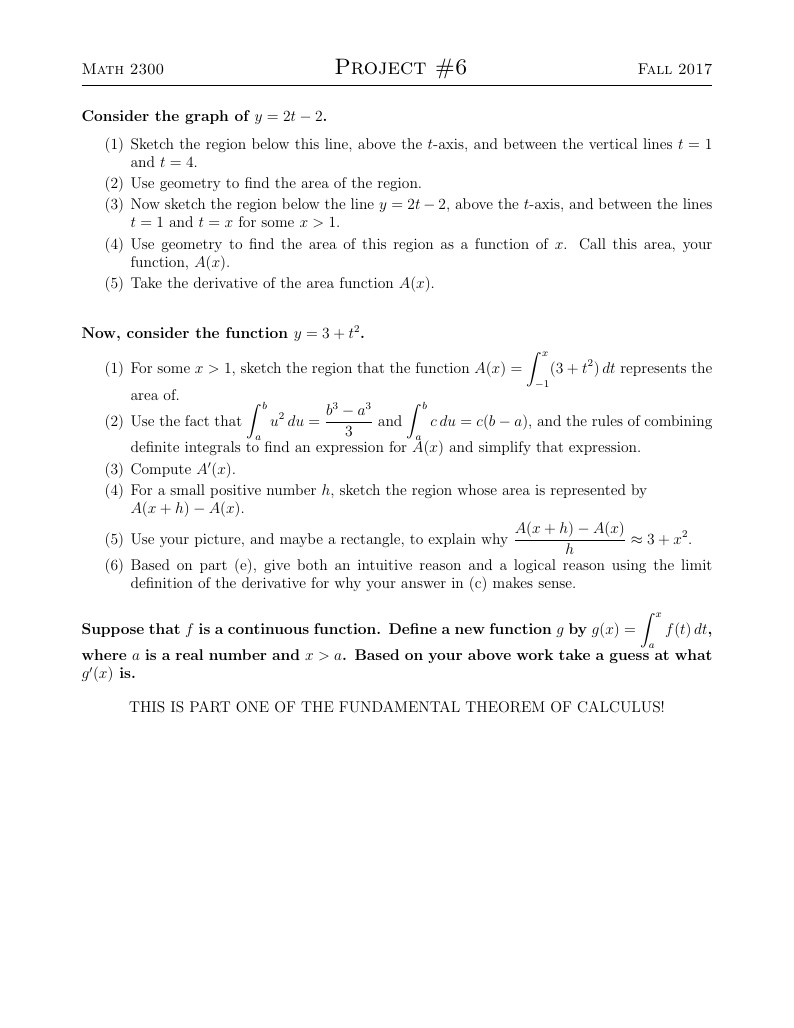
This is the 6th project for Calc1 at Fitchburg State. Students are walked through the steps to justify the different pieces of the Fundamental Theorem of Calculus and make connections between the two parts.
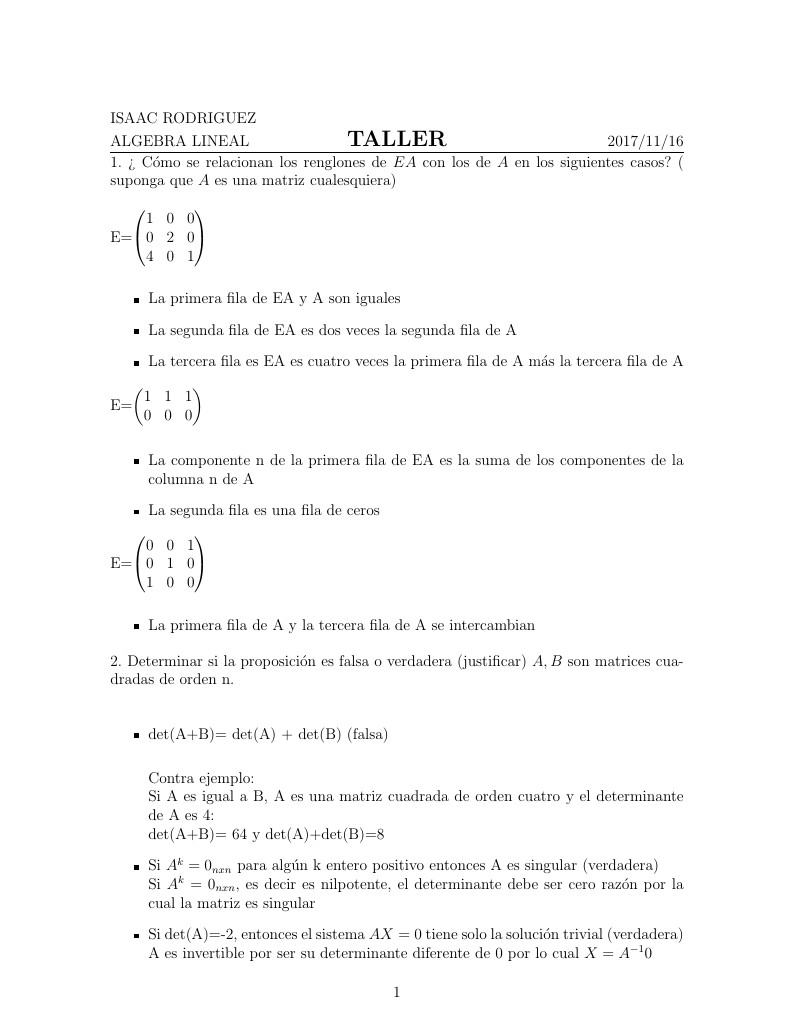
Taller álgebra lineal
\begin
Discover why over 20 million people worldwide trust Overleaf with their work.